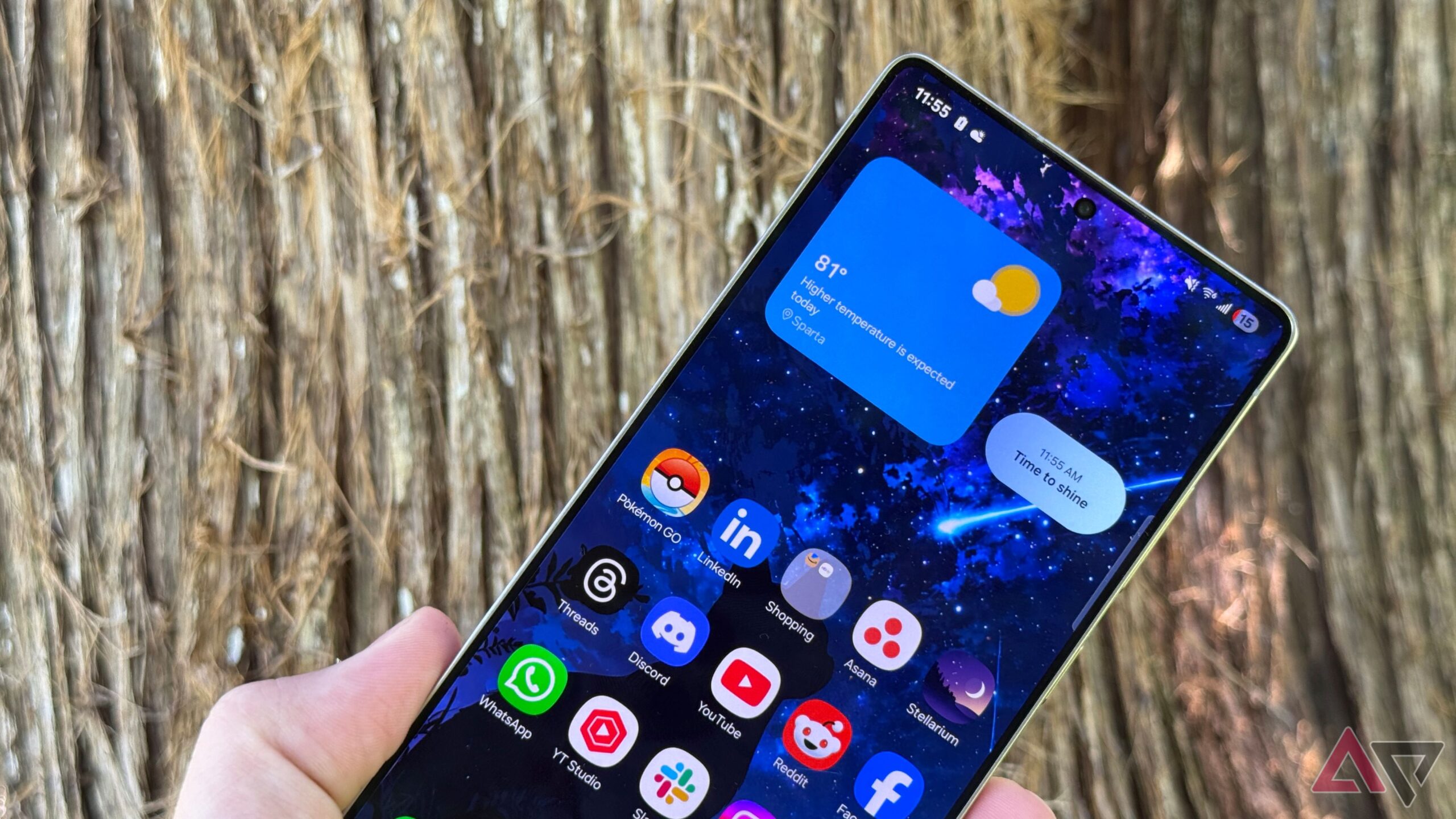
apple work apple configurator remains it s Apple Configurator remains an essential tool for IT departments, especially in environments where zero-touch deployments are becoming the standard.
apple work apple configurator remains it s
Understanding Zero-Touch Deployments
Zero-touch deployment is a method that allows organizations to set up devices without the need for physical interaction. This process is particularly beneficial for IT departments, as it streamlines the deployment of devices, reduces the potential for human error, and saves valuable time. In a zero-touch deployment scenario, devices are shipped directly to end users, who simply unbox them and connect to the internet. The devices then automatically configure themselves based on pre-set parameters defined by the organization’s IT policies.
This approach has become the norm for many organizations, particularly in sectors like education and retail, where efficiency is paramount. However, while zero-touch deployments simplify many aspects of device management, they may not address every scenario encountered by IT teams. This is where Apple Configurator comes into play.
Apple Configurator: A Closer Look
Apple Configurator is a macOS application designed to help IT administrators manage Apple devices. It allows for the configuration, deployment, and management of devices in a hands-on manner. While zero-touch deployments are efficient, there are instances where direct interaction with devices can provide added benefits. Apple Configurator serves as a bridge between traditional deployment methods and modern zero-touch solutions.
Key Features of Apple Configurator
Apple Configurator offers a range of features that make it a powerful tool for IT departments:
- Device Supervision: Apple Configurator allows IT administrators to put devices into supervised mode, which grants additional control over the device settings and restrictions.
- Bulk Configuration: Administrators can configure multiple devices simultaneously, saving time and ensuring consistency across devices.
- App Management: The tool enables the installation and management of apps on devices, whether they are purchased through the App Store or deployed via enterprise solutions.
- Profile Management: IT teams can create and manage configuration profiles that define settings and restrictions for devices, ensuring compliance with organizational policies.
- Backup and Restore: Apple Configurator allows for the backup of device settings and data, making it easier to restore devices when necessary.
Why Apple Configurator Remains Relevant
Despite the rise of zero-touch deployments, there are several reasons why Apple Configurator continues to hold significant value for IT departments:
Flexibility in Deployment
While zero-touch deployments are ideal for many scenarios, they may not be suitable for all organizations. Some businesses require a more hands-on approach, especially when dealing with specialized devices or unique configurations. Apple Configurator provides the flexibility needed to address these specific requirements. For instance, educational institutions may need to configure devices for different grade levels or subjects, which can be efficiently managed through Apple Configurator.
Enhanced Control and Customization
Apple Configurator allows for a higher degree of control over device settings compared to zero-touch deployments. IT administrators can customize configurations to meet the specific needs of their organization, ensuring that devices are set up precisely as required. This level of customization is particularly beneficial in environments where security and compliance are critical.
Support for Legacy Devices
Not all devices in an organization may support zero-touch deployment. Older devices or those that have not been enrolled in a mobile device management (MDM) solution may still require manual configuration. Apple Configurator can assist in managing these legacy devices, ensuring that they remain functional and secure within the organization’s infrastructure.
Stakeholder Reactions and Adoption
The adoption of Apple Configurator has been met with positive feedback from various stakeholders within organizations. IT administrators appreciate the tool’s ability to simplify complex deployment processes while providing the necessary control over device management. Educational institutions, in particular, have found value in the ability to tailor configurations for specific educational needs.
Moreover, organizations that have adopted both zero-touch deployments and Apple Configurator have reported enhanced efficiency in their IT operations. The combination of these two approaches allows for a comprehensive device management strategy that can adapt to the unique requirements of different environments.
Implications for the Future of IT Management
The landscape of IT management is continually evolving, with new technologies and methodologies emerging to meet the demands of modern organizations. As zero-touch deployments become more prevalent, the role of tools like Apple Configurator will likely continue to be significant. The ability to manage devices flexibly and effectively will remain a priority for IT departments, particularly as organizations increasingly rely on mobile technology.
Furthermore, as remote work and hybrid models become more common, the need for efficient device management solutions will only grow. Apple Configurator’s ability to provide hands-on management while complementing zero-touch deployments positions it as a valuable asset in the IT toolkit.
Conclusion
In an era where zero-touch deployments are becoming the standard for device management, Apple Configurator remains a vital tool for IT departments. Its flexibility, enhanced control, and support for legacy devices make it an indispensable resource for organizations looking to streamline their deployment processes while maintaining the ability to customize configurations as needed. As the IT landscape continues to evolve, the relevance of Apple Configurator is likely to endure, ensuring that IT teams have the tools necessary to meet the challenges of modern device management.
Source: Original report
Was this helpful?
Last Modified: October 11, 2025 at 6:36 pm
1 views















